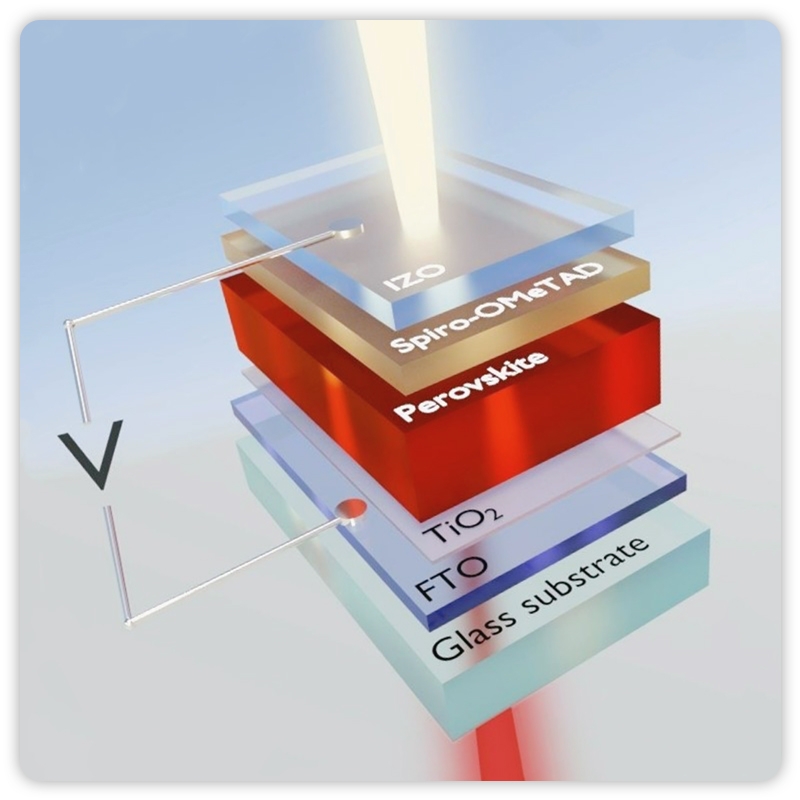Chinese scientists have mapped the first mammalian cells
-
Last Update: 2020-12-16
-
Source: Internet
-
Author: User
Search more information of high quality chemicals, good prices and reliable suppliers, visit
www.echemi.com
The team of Professor Guo Guoxuan of Zhejiang University School of Medicine's Center for Stem Cell and Regenerative Medicine developed microwell-seq, a low-cost, high-efficiency, fully domesticated high-volume single-cell sequencing platform, which was used to build the world's first mammalian cell map in a short period of time. The results were published in the International Journal of
23.
cells are the smallest independent genetic units of life. Traditional sequencing techniques "look" at a group of swarms of cells, and "read" the average of a bunch of cell genetic signals, so the specific performance of individual cells is easily overlooked. Guo Guoxuan believes that single-cell histology technology enables humans to accurately analyze cell differentiation, regeneration, aging and lesions from the perspective of individual cells, "which is bringing about a methodological revolution in cell detection, classification and identification".
" We use micro-porous matrix, molecular marker and amplification technology, high-volume, high-precision single-cell horizontal analysis, to solve the traditional sequencing of a single cell nucleic acid material is small, easy to lose, high analysis costs. Guo guo said.
researchers showed reporters a three-centimeter-long square sheet, a 100,000-diameter 30-micron "small pit" of agar-sugar micropores. In the experiment, scientists used digestive enzymes to dissophase a relatively tight group of cells into a single cell's suspension, dumped on a agar-sugar microplate board, about 10,000 cells will "a radish a pit" into the "pit." The researchers then tagged each captured cell with a "number" - a "magnetic bead index" - and tens of thousands of beads with a diameter of 25 microns were dumped into "pits" to seal individual cells while marking the DNA index. The third step is the regular sequencing process, in which the expression spectrum of each cell is parsed. This technique is capable of testing all messenger RNA in a single cell, an important substance for translating genetic information from cell DNA into proteins.
With this high-volume single-cell sequencing platform, the researchers systematically analyzed more than 400,000 cells of nearly 50 organ tissues at different stages of life in mice to create the first mammalian cell map.
experts believe that the completion of the mouse cell map will guide the next step in the construction of human cell map, and benefit cell biology, developmental biology, neurobiology, hematology and regenerative medicine and other fields. (Source: Xinhua News Agency, Zhu Han)
This article is an English version of an article which is originally in the Chinese language on echemi.com and is provided for information purposes only.
This website makes no representation or warranty of any kind, either expressed or implied, as to the accuracy, completeness ownership or reliability of
the article or any translations thereof. If you have any concerns or complaints relating to the article, please send an email, providing a detailed
description of the concern or complaint, to
service@echemi.com. A staff member will contact you within 5 working days. Once verified, infringing content
will be removed immediately.







